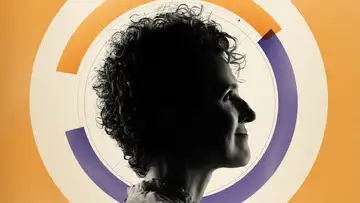Students Study Their Own MicrorganismsTop of Mind with Julie Rose • Season 1, Episode 876, Segment 6
Aug 13, 2018 • 16m
Guests: Steve Johnson, PhD, Associate Professor of Micro and Molecular Biology at Brigham Young University and Scott Weber, PhD, Associate Professor of Micro and Molecular Biology at Brigham Young University.
A lot of big breakthroughs in science have been the result of people experimenting on themselves. A couple of scientists around the turn of the century helped discover that cancer is not contagious by injecting themselves with cancerous cells and waiting to see what would happen. Around that same time, US Army doctors infected themselves with yellow fever to prove that it was transmitted by mosquitoes. One of the doctors died in the process. Another doctor in the 1930s named Werner Forssmann couldn’t get permission to try his idea for treating heart conditions on a living patient, so he did it on himself – inserting a tube into a vein in his arm and threading it all the way to his heart. Cardiac catheterization is now routine in heart surgery. On a less dramatic scale, a couple of BYU microbiology professors recently discovered that if they had students study their own gut bacteria, the students were more in to what they were learning.